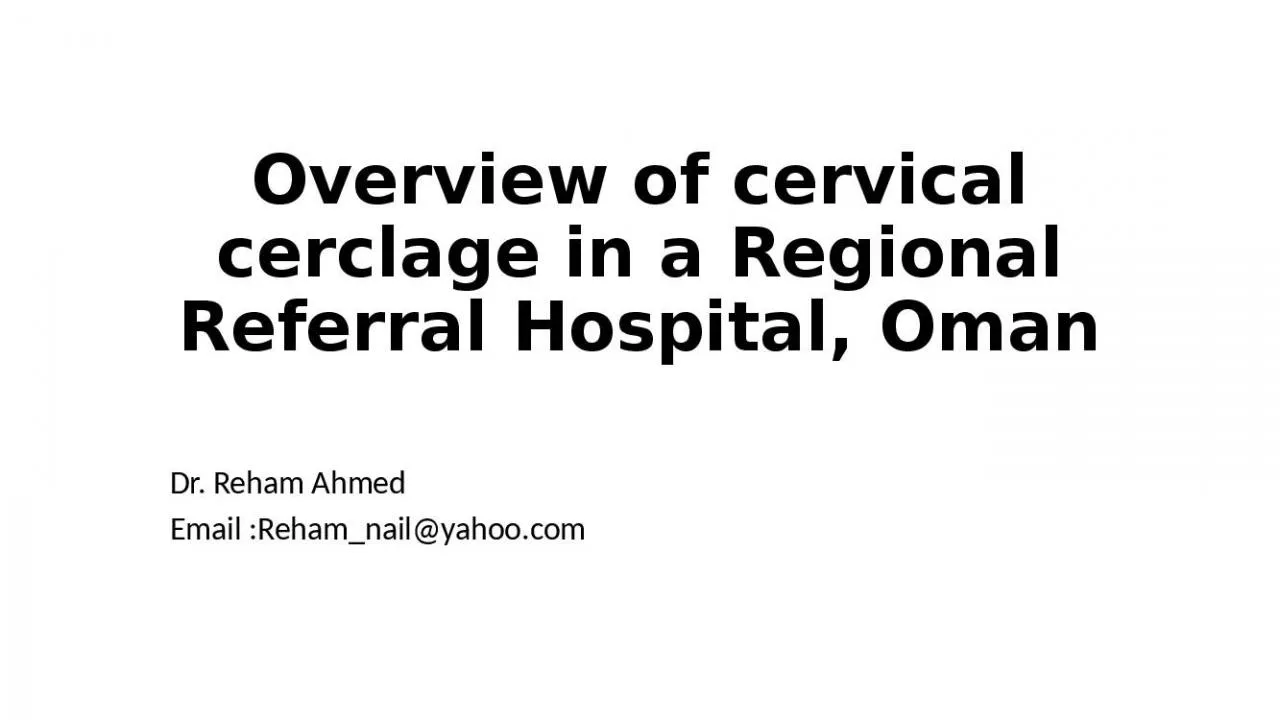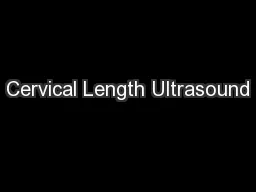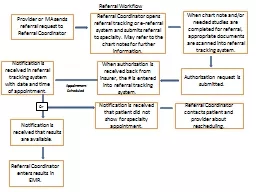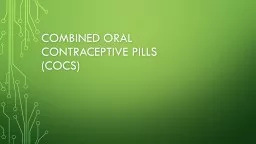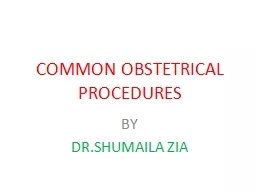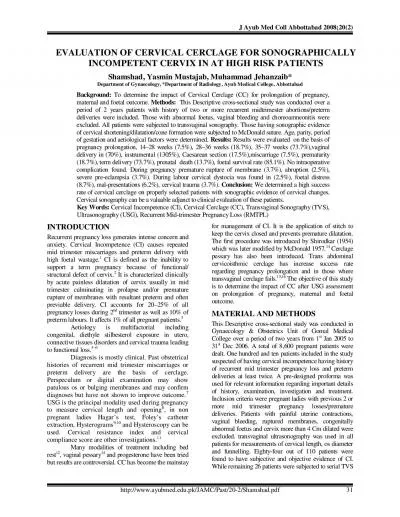PPT-Overview of cervical cerclage in a Regional Referral Hospital, Oman
Author : winnie | Published Date : 2022-04-06
Dr Reham Ahmed Email Rehamnailyahoocom No conflict of interest Background Preterm delivery defined as delivery before 37 weeks of completed gestation It is a major
Presentation Embed Code
Download Presentation
Download Presentation The PPT/PDF document "Overview of cervical cerclage in a Regio..." is the property of its rightful owner. Permission is granted to download and print the materials on this website for personal, non-commercial use only, and to display it on your personal computer provided you do not modify the materials and that you retain all copyright notices contained in the materials. By downloading content from our website, you accept the terms of this agreement.
Overview of cervical cerclage in a Regional Referral Hospital, Oman: Transcript
Download Rules Of Document
"Overview of cervical cerclage in a Regional Referral Hospital, Oman"The content belongs to its owner. You may download and print it for personal use, without modification, and keep all copyright notices. By downloading, you agree to these terms.
Related Documents

